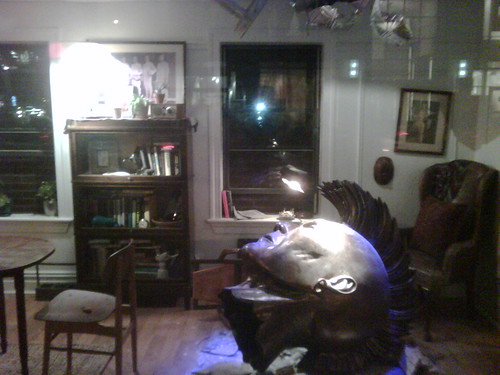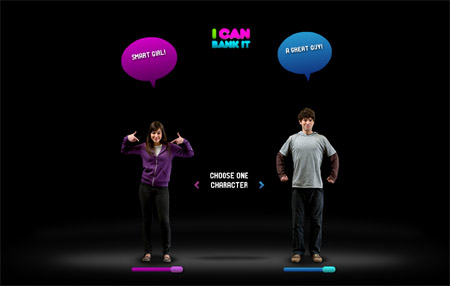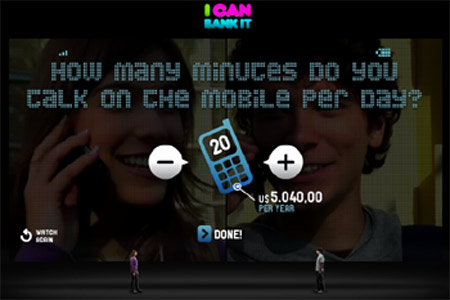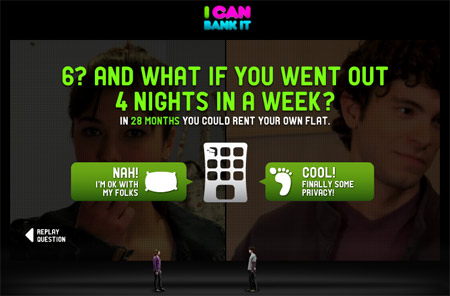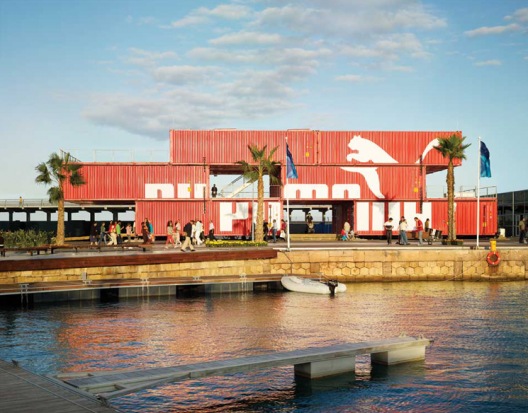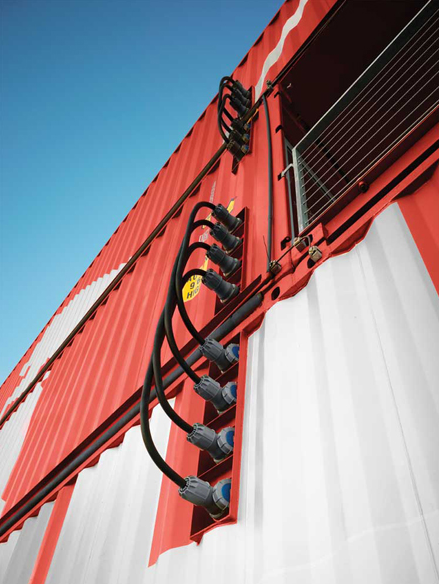
Without a golden arch in sight, the McVillage play area designed by UXUS teaches kids (and their parents) to enjoy and experience the magic in food. And yes it's part of a McDonald's restaurant.








By Jeanne Tan
Do you eat to live or live to eat...?
Over the years, McDonald's has slowly been changing its image both with their food and their interiors. Words like 'organic' and 'healthy' have crept into the menu and some of their restaurant interiors have had makeovers courtesy of some pretty well known designers like Claesson Koivisto Rune in McDonald's Stockholm for example.
Over to The Netherlands, McDonald’s commissioned Amsterdam-based creative agency
UXUS to create an inspiring children’s activity area for kids under the age of seven, bringing the theme of “What I eat, what I do” to life. The concept is to embody an inspiring, playful, educational and entertaining area within McDonald’s restaurants in Europe, no bigger than 20sqm in space. This initial 'guinea pig' playground is located in Bodegraven in The Netherlands.
We speak with Oliver Michell from UXUS to find out more behind the project and what makes kids smile.
What was your inspiration?The design is based on a magical world of Victorian tin toys, blown up in size like a Alice in Wonderland experience.
What were some of the unique ways that the design has catered for children?It has interactive features - both analog and digital - which engage children and help educate them about food.
What were some of the challenges with the project?The main criteria for the material selection was durability. Kids really can beat up a space and the materials need to be able to take a beating and still look great over time.
Any funny stories?The prototype was tested with kids and their parents in the Netherlands, and neither wanted to leave the play area after the test was conducted - they were enjoying it too much!
Did YOU have a lot of fun working on this project? Yes, it's always a pleasure to go back to being a child and imagining what would make you smile. This kind of project transforms work into play, and allows you to flex your imagination muscles.
What do you want kids and their parents to take away from your design?We want kids and their parents to share a fun and meaningful experience together, to explore why food is an essential and fun part of their lives, and how they can learn to enjoy it more. In other words, we want them to feel that food is magical, and that it is more than what it appears.
Do you think there's a conflict between the high design of McVillage and the fact that the style will probably be attractive to the type of parent who may not be so keen on taking their kids to McDonalds? You wouldn't normally connect this interior with a McDonalds.I think the whole point of the project is to show a different perspective on food and our choices as a consumer. For instance, McDonald's is taking steps to introduce more organic and free range ingredients in its meals, such as eggs and milk, so the whole brand's attitude towards food is shifting to follow what its customers are looking for. The McVillage is a reflection of that change of perspective, where food has more meaning than just convenience and empty satisfaction. Here food and healthy alternatives are celebrated and given the spotlight, to enchant and inspire kids to try a carrot or to get them excited about how milk is not just from a carton. Ultimately, that's something all parents will be interested in, and will appeal to all kids because of the highly imaginative and stimulating design environment.
Photography: Dim Balsemvia
design.nl





